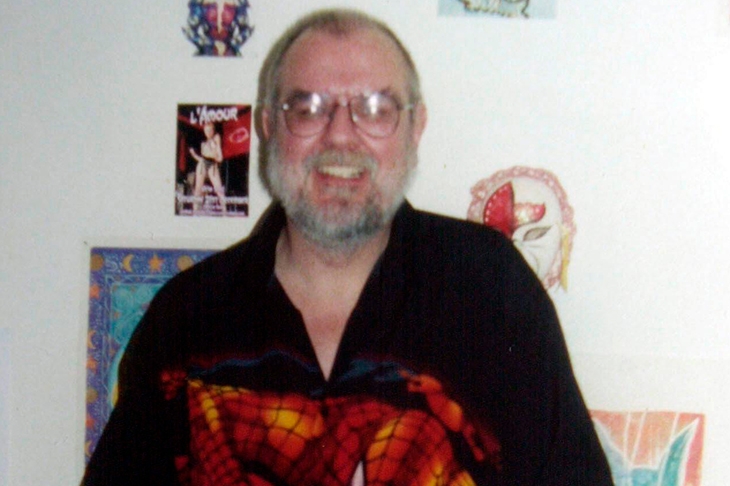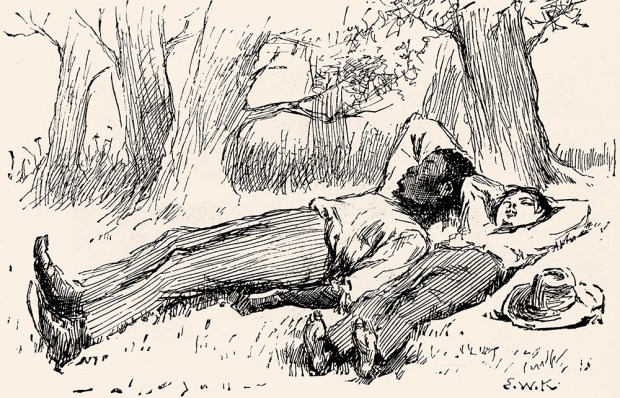When police were called to a block of flats in north London at the beginning of 2002, they expected to find a routine dispute between neighbours. What they actually discovered was the body of a woman, Rose White, in the locked bedroom of one of the apartments. The officers suspected foul play and the tenant, Anthony Hardy, was charged with murder. Incredibly, an incompetent pathologist concluded that the 38-year-old victim had died of a heart attack. (The pathologist was later struck off.) The murder charge was dropped; Hardy pleaded guilty to criminal damage and was sectioned under the Mental Health Act. Released before the end of the year, he went on to murder two more women.
This gruesome case made a powerful impression on Dr Richard Taylor, the forensic psychiatrist who carried out a pre-trial risk assessment after the discovery of the first body. Taylor did not know Hardy had been released and he was stunned to get a phone call on New Year’s Eve in 2002, telling him that the dismembered remains of two women had been found in a wheelie bin and Hardy’s flat. What Taylor did know, when he interviewed Hardy four months before the double homicide, was that the suspect had a history of domestic violence towards his wife, whom he had struck on the head with a bottle and tried to drown. When the couple separated, Hardy continued to target his now ex-wife, spending short periods in prison after damaging her house. He was arrested again in 1998 after a prostitute accused him of rape, but this charge was also dropped.
Hardy was physically imposing and Taylor felt ‘uneasy’ when he assessed him with a junior colleague. He writes:
Our conclusion was that he could pose a serious risk to women, independent of [his] disturbed mental state and alcohol abuse, but we also had to work on the basis he’d had no hand in the death of White, given the post-mortem findings.
By this point in the book, I was silently screaming at Taylor and everyone else involved in this dreadful sequence of events. When a suspect has such a lengthy record of abusing women, is it likely that a dead woman in his flat has expired of natural causes? Did no one think to ask for a second post-mortem examination?
Taylor is clearly a thoughtful, compassionate doctor. After some soul-searching, he defends his assessment of the danger posed by Hardy on the basis of the flawed post-mortem result: ‘Thus, while Hardy’s risk history suggested a potential for violence, threats and harassment towards prostitutes or intimate partners, it didn’t include homicide.’ That is factually correct but — and I am tempted to write ‘but’ in capital letters — violence against women does not stay in silos; it is quite clear that rapists, domestic abusers and murderers do not exist in entirely discrete categories. I vividly remember hearing one of the most senior detectives at Scotland Yard suggest that call-outs to domestic incidents should be regarded as ‘homicide prevention’, due to the risk that the perpetrator will escalate to murder. It turned out that Hardy was a serial killer, who became notorious as the ‘Camden Ripper’. He eventually pleaded guilty to all three murders and received three life sentences.
It is brave of Taylor to start with such a serious failure of the criminal justice system. His book is based on pre-trial assessments of a wide range of defendants, from serial killers to terrorists, although it has to be said that a depressing number are men who have committed terrible violence against women. Taylor is sometimes breezy about how he reaches his conclusions, saying he did not really need to interview Jonathan Brooks, who stabbed his mother to death, to conclude he was psychotic: ‘The whole story was clear from reading the witness statements.’ Taylor’s further observation that the killing might have been prevented if a psychiatrist had interviewed Brooks earlier and offered some treatment is jaw-dropping in the context of a particularly horrible matricide.
By the end of more than 400 pages, it feels as though Taylor has observed a great deal in prisons and psychiatric hospitals without managing to organise his ideas in a systematic way. His chapter on women who kill their partners after suffering years of abuse is sympathetic, and he is right to argue that some murders could be prevented by reversing savage cuts to mental health services. Mysteriously, however, the fact that his book makes a compelling case for the role of misogyny as a motivating factor in so many murders seems lost on its author. It is encouraging to read Taylor’s seemingly throwaway remark that the issue of femicide needs to be tackled, but his own account of some truly horrific murders shows how far the criminal justice system is from realising that ambition.
Got something to add? Join the discussion and comment below.
Get 10 issues for just $10
Subscribe to The Spectator Australia today for the next 10 magazine issues, plus full online access, for just $10.
You might disagree with half of it, but you’ll enjoy reading all of it. Try your first month for free, then just $2 a week for the remainder of your first year.














Comments
Don't miss out
Join the conversation with other Spectator Australia readers. Subscribe to leave a comment.
SUBSCRIBEAlready a subscriber? Log in